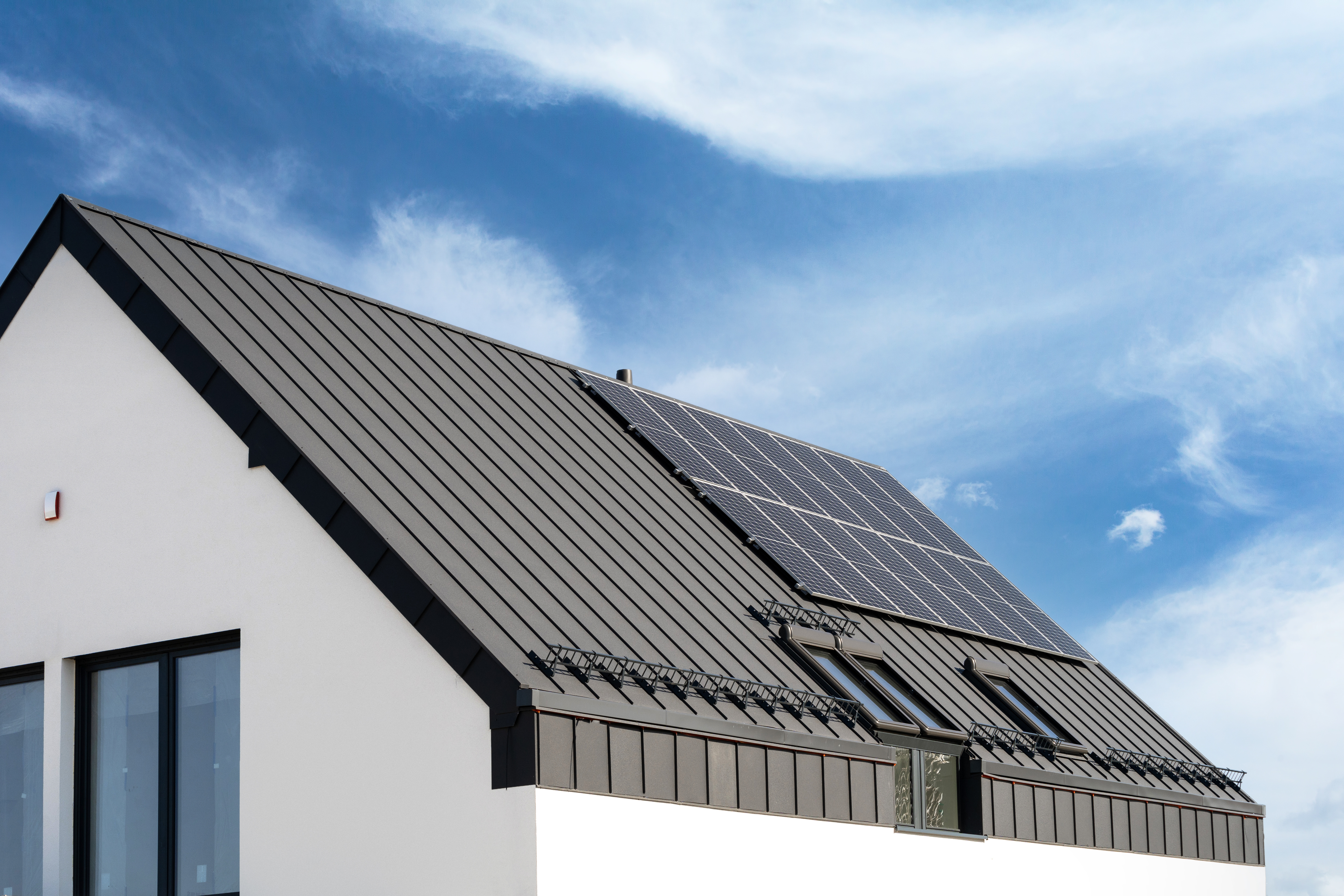
A metal roof can defend your home against Ohio’s varying weather conditions. Learn how much a metal roof costs in Columbus, OH.
Vent your condensation frustrations by installing these necessary air outlets


On an average 1,700-square-foot home, you’ll need between 13 and 15 soffit vents
The amount of ventilation your attic needs depends on the size of your attic
Every 150 square feet of attic space needs 1 square foot of ventilation
Chances are you’ve seen thousands of soffit vents in your life but just didn’t know what they were. They are designed to blend into the roofline and gutters of a house so well that you might not know they’re even there unless you know what to look for. These vents—designed to move air throughout the attic—cover one square foot. That means that on a 1,700-square-foot house, you’ll need between 13 and 15 soffit vents.
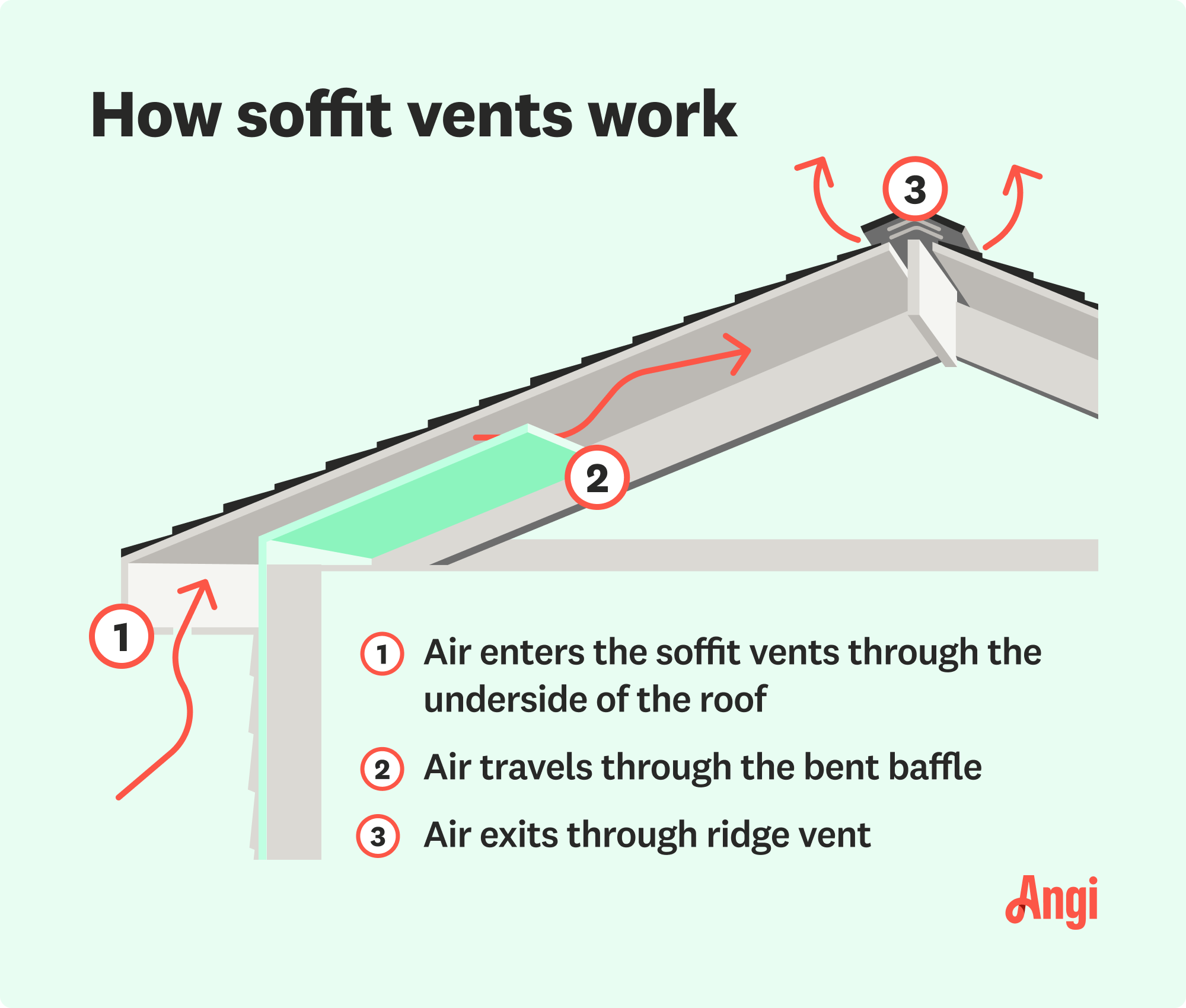
A professional roofer near you should install a soffit vent in the area that connects the edge of your roof to the underside of the roof eaves. A soffit vent then relies on air movement to flush stagnant air inside an attic. Air rises through the vent outside the attic, pushing the old air through alternate vents. These passive airflow vents help keep the attic cool in the summer, reducing air conditioning bills. In the winter, the effect is felt less as you lose some hot air, but proper ventilation is even more important in the winter when condensation is more likely.
A soffit vent is an attic vent, not a roof vent. That means there is limited space to install a soffit vent, which is why they’re often placed on the horizontal area underneath where the roof extends beyond the home's wall.
Single soffit vents are the most commonly seen soffit vents, and with good reason. It used to be much less expensive to simply cut out a space for the vent and install it. Now, with more modern building materials, many homeowners opt for continuous soffit vents, which wrap around the entire home.
Continuous soffit vents are rising in popularity due to their efficacy—they work better than single vents—and their style. Continuous vents run the entire length of the roofline where the attic is, so they blend in much better with the rest of the home. They’re hard to notice unless you're directly underneath them.
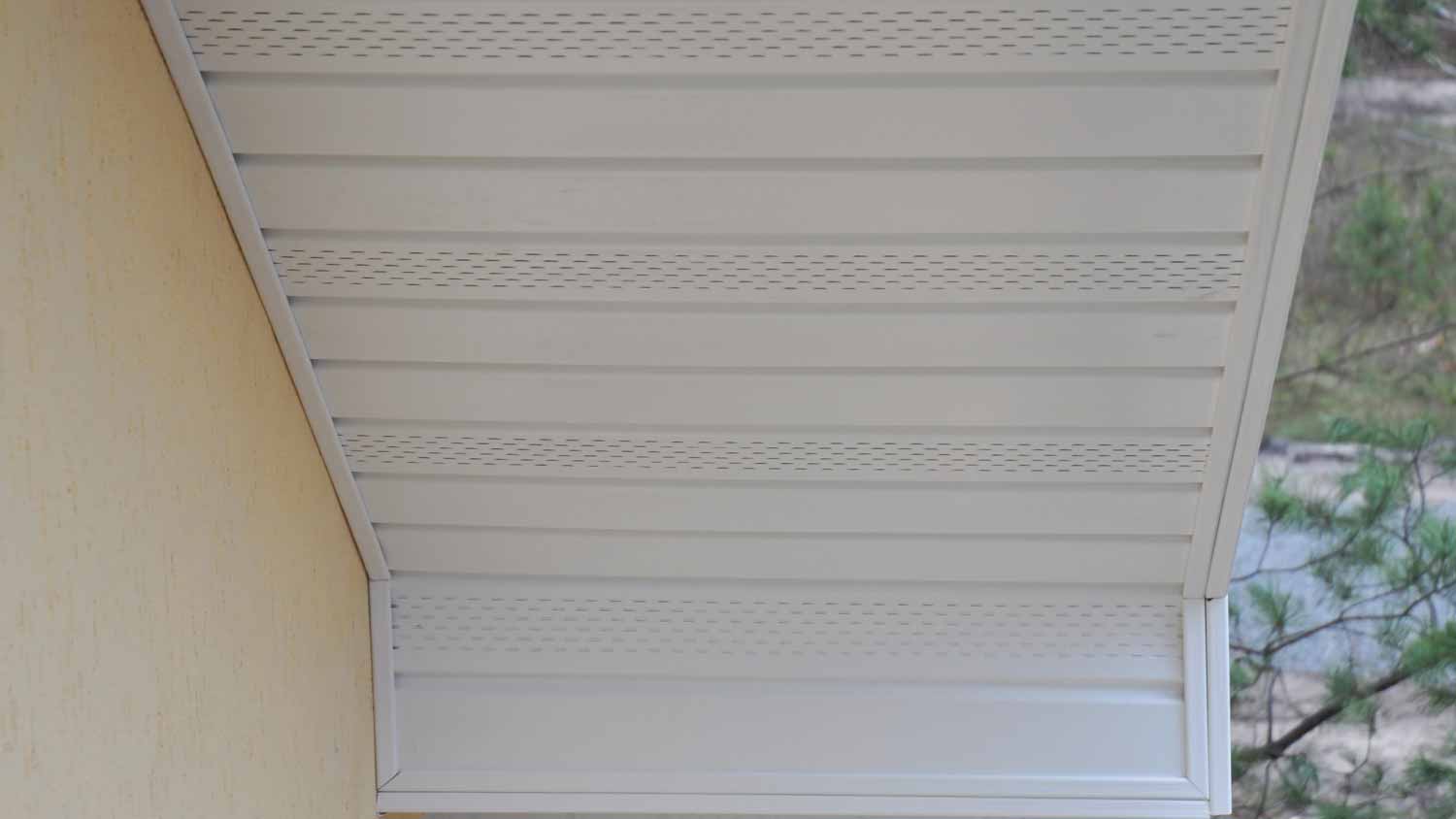
| Attic Square Footage | Square Footage of Ventilation Required | Vents Required |
|---|---|---|
| 800 | 5.35 | 7 |
| 1,200 | 8 | 10 |
| 1,500 | 10 | 12 |
| 1,800 | 12 | 15 |
| 2,200 | 14.66 | 17 |
| 2,800 | 18.66 | 22 |
The amount of ventilation your attic needs depends mostly on the size of your attic. There’s an excellent rule for determining the required number of soffit vents. Every 150 square feet of attic space needs 1 square foot of ventilation. Since a soffit vent is just under 1 square foot, you can divide the square footage of your attic by 150, then add 2 (since you can’t have too many vents).
The height of your attic doesn’t factor into the calculation, as once air enters the attic, it’s usually enough to disturb and shuffle the existing air around. The reason you need more vents than you may think is that air doesn’t always rise at the same rate throughout your house. Any side with consistent wind will see movement. For this reason, soffit vents are spread evenly around your attic’s perimeter.
This is the biggest problem with soffit vents. In the summer, cool air falls from soffit vents and attracts pests trying to stay cool. In the winter, the opposite happens, and the comfortable warm air can be a magnet for unwanted invaders. Soffit vents often have a tight mesh installed that helps prevent critters from entering, but persistent pests can easily chew through them. Check your soffit vents at least once a season to prevent an infestation.
Soffit vents don’t really collect leaves or other debris as they’re under the house, but they can still get clogged from years of dust buildup. Another common cause of a blockage is if the vent is flush with the floor inside an attic and you accidentally kick or knock something in front of the vent.
D1 Roofing delivers outstanding service from beginning to end, backed by a strong warranty and expert teams. I highly recommend them for their excellence in meeting and surpassing expectations with unmatched communication. Choosing D1 Roofing was flawless decision
I am really impressed with their timeliness and turnaround. Mitchell came out, and we decided to move forward with their pricing. Our roof was on within a week, and we could not be happier with their team! Amazing company, great prices and honest, dependable craftsmanship. I highly recommend...
We used Unique Hardwood Floor LLC three years ago to work on the floors of a 70 year old home that needed a great deal of work. Some floors needed repairs, some were replaced and others just needed to be refinished. It was a complicated job as they needed to blend the old and the new to...
While Naaman and Mike were very professional and amicable to work with, there were issues in this project that makes giving a higher rating impossible. We had several communications issues that delayed completion. The roofers accessed the property without communicating with me. Just showed up...
Lyle did a great job removing asbestos shingles from our front porch roof. They worked together with our roofer to make sure that the new roof was able to be installed on the same day that Lyle removed the asbestos shingles.
A wild goose chase. Maybe this is no big deal since this was not an emergency - not a tree that had crashed through my roof - just a nuisance tree that needs to be removed. Even so, it strikes me as quite careless and perhaps a bit rude.
From average costs to expert advice, get all the answers you need to get your job done.

A metal roof can defend your home against Ohio’s varying weather conditions. Learn how much a metal roof costs in Columbus, OH.
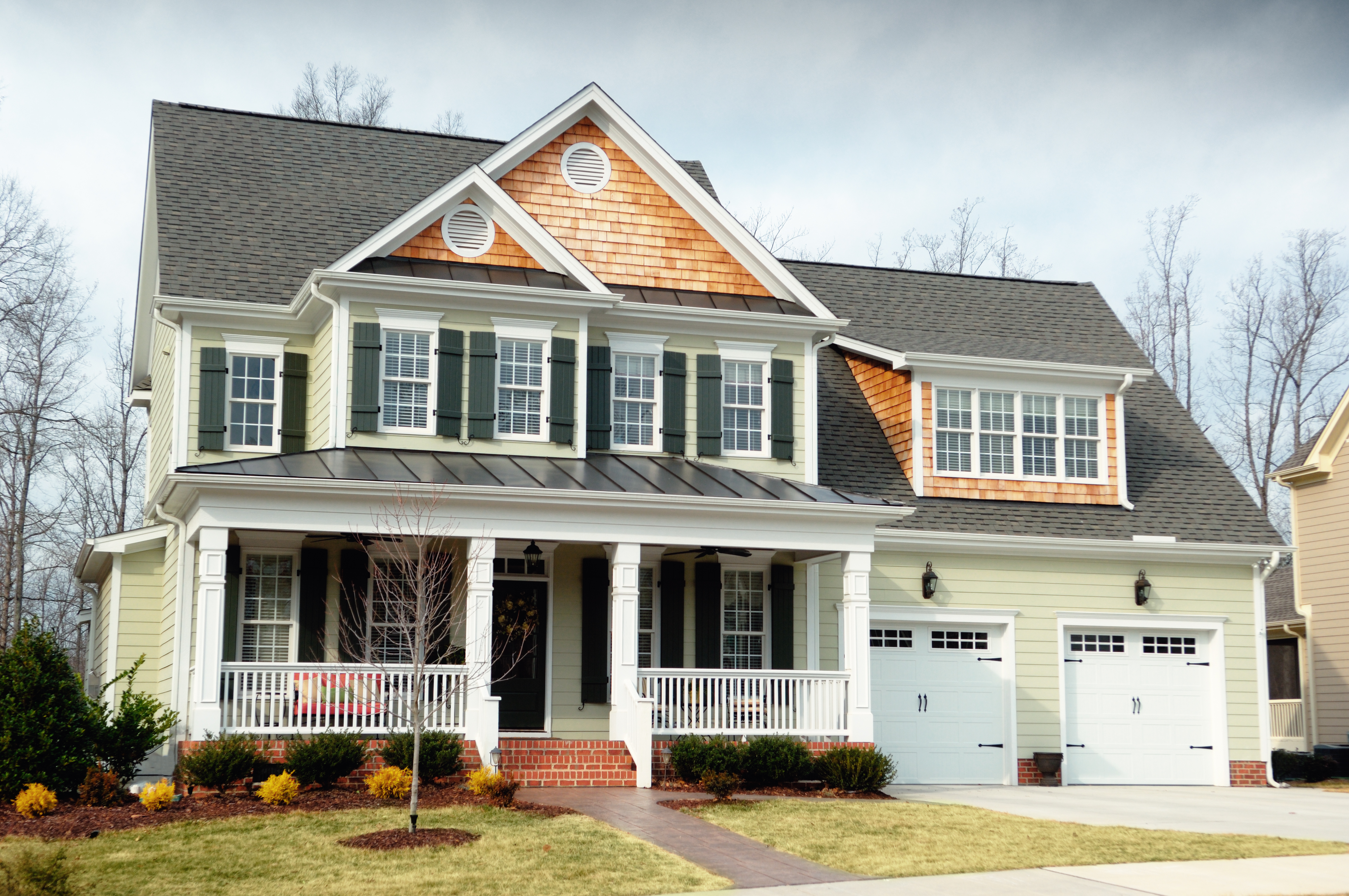
Dealing with a visibly damaged roof or leak? Learn about roof repair costs in Columbus to see how much you’ll need to budget for a permanent solution.

Learn about roof replacement costs in Columbus and what factors are at play to budget accurately and make sure you’re getting a fair price.
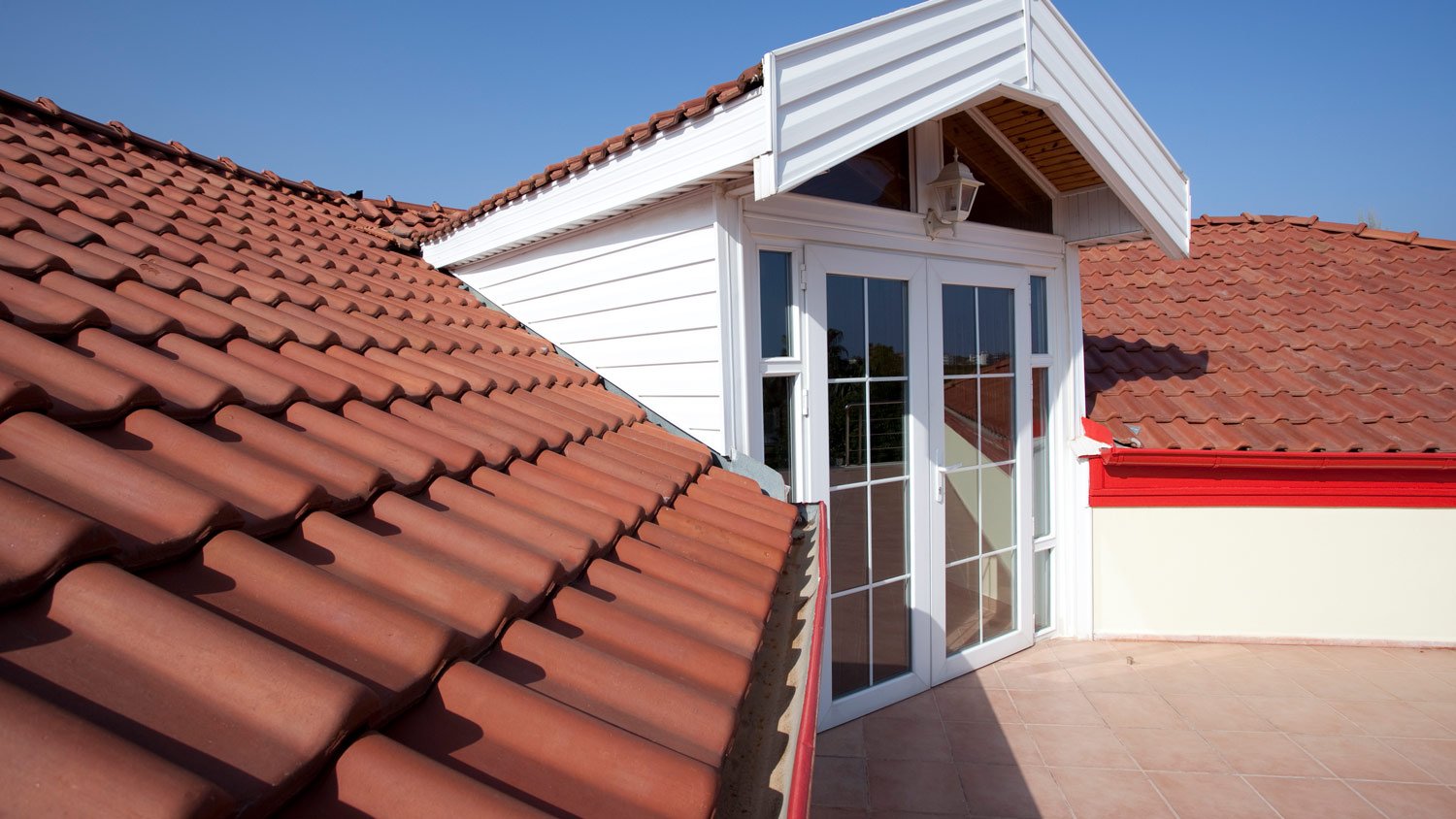
If you’re upgrading your roof with stone-coated steel, you should be aware of the total project cost. Learn what will impact your final stone-coated steel roofing costs.

If you need a new flat roof, learn about tar and gravel roof costs and what can affect your total to make sure you budget accurately.

Not sure if you need a new roof yet? Check out these warning signs that you need a new roof to catch roof problems early.